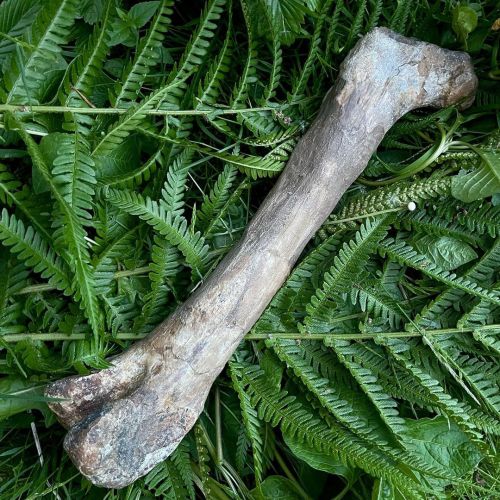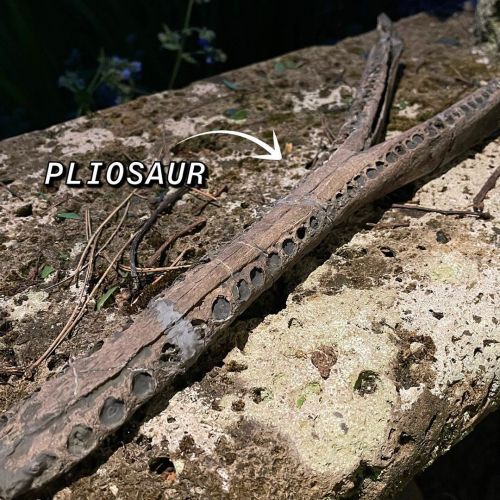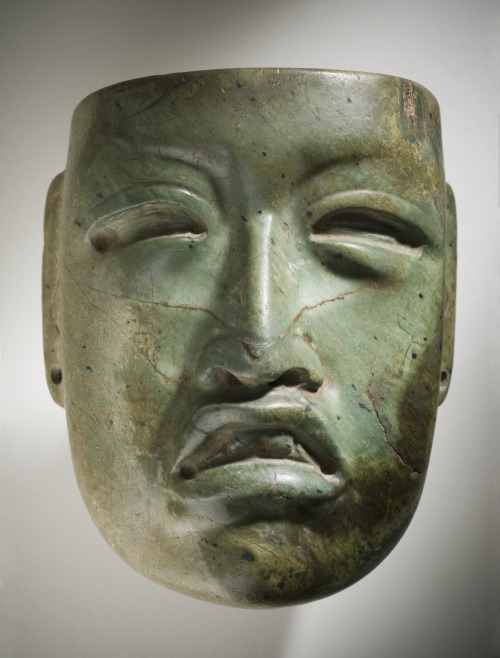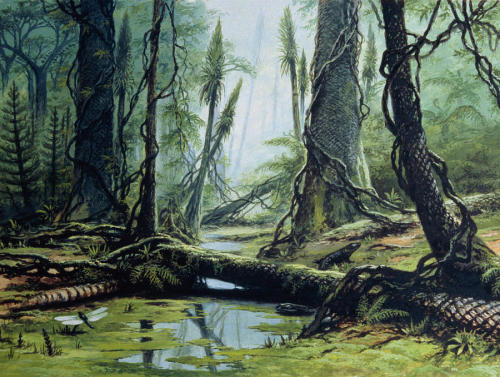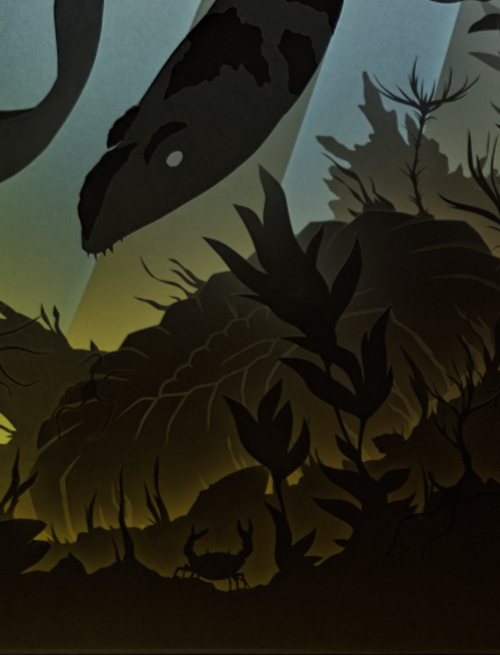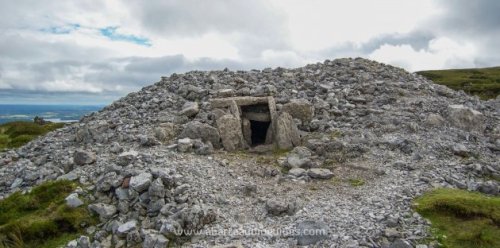#prehistory
Here we have the femur of a struthiomimus that died over 65 million years ago when the last dinosaurs walked the Earth.
This fossil is from the USA and is part of a partial skeleton that was discovered. ⚒
.
Follow @neojurassica to see more #prehistoric wonders!
.
www.neojurassica.com
Dinosaur Specialists
Genuine Fossils
⚙️ Display Customisation
Free UK Delivery
✈️ International Delivery
.
#dinosaur #dinosaurs #dino #struthiomimus #gallimimus #extinct #dinosaurbone #fossil #fossils #fossilhunting #palaeontology #paleontology #geology #biology #science #stem #naturalhistory #nature #natural #history #archeology #prehistory #bone #jurassicpark #jurassicworld #neojurassica #prehistoricanimals #naturalhistorymuseum #awesome
https://www.instagram.com/p/CQwhC9qNvya/?utm_medium=tumblr
Post link
This lower jaw dates back to the Jurassic era and belongs to: @mike_the_pliosaur.
This is only a fragment of the jaw, more has been preserved extending the whole length. Mike would have been an incredible predator, with so many teeth to catch and devour his prey.
.
Follow @neojurassica to see more #prehistoric wonders!
.
www.neojurassica.com
Dinosaur Specialists
Genuine Fossils
⚙️ Display Customisation
Free UK Delivery
✈️ International Delivery
.
#MikeThePliosaur #pliosaur #plesiosaur #plesiosaurs #fossils #fossil #extinct #extinction #fossilhunting #yorkshirefossils #dinosaur #dinosaurs #dinosaurbone #teeth #predator #nature #naturalhistory #history #archeology #geology #paleontology #palaeontology #paleobiology #science #jurassic #jurassicpark #jurassicworld #neojurassica #prehistory
https://www.instagram.com/p/CQhKpRitQsf/?utm_medium=tumblr
Post link

Ed. note: After an early life on the move, Mihriban Özbaşaran’s family came to Istanbul, where she first studied at Kadıköy Maarif College before beginning her career with a BA in classical archaeology at Istanbul University. Prehistory held greater appeal however, and she completed her graduate work in the Department of Prehisoty, having been taught by TrowelBlazers Halet ÇambelandUfuk Esin. As a student of Ufuk, she dug at Değirmentepe and Aşıklı Höyük; she then directed excavations at the sites of Musular and sections of the world famous UNESCO heritage site of Çatalhöyük(whereShahina Farid also worked). She became director of the Aşıklı Höyük Research Project and carried on the revolutionary legacy of the project, bringing in modern theoretical approaches and analyses despite criticism . Professor Özbaşaran is part of a long line of TrowelBlazing women, and her dedication and research have inspired this wonderful group guest post from her students, colleagues, and those who have had the chance to sit with her on the dig house porch in the long evenings of the field season.
It is my absolute pleasure to introduce you to someone who has made a massive contribution to my own my research career at Aşıklı Höyük, and continues to inspire others.
Mihriban Özbaşaran
“Someone will hear you, if you are brave enough to speak out loud in the silence of emptiness.” - Althusser
Turkey is a place where endless layers of the past are stacked on top of each other. Unfortunately, archaeology cannot make the most of this rich heritage using only outdated theoretical perspectives of material cultural; the use of a Culture-Historical approach in archaeology has set limits on our understanding of this rich history. Under such conditions, it is refreshing to know that a woman archaeologist has dedicated her career to bringing academic freedom and equality as well as a modern theoretical interpretive approach to archaeology in Turkey.
Mihriban Özbaşaran has given 40 years of her life to archaeology. She is one of the most important TrowelBlazers alive and has become one of the most prominent members of the discipline. Besides directing the research team in the oldest settlement of Central Anatolia, at Aşıklı, Özbaşaran is recognised for her resolve to include theory, interpretation, and question–driven research in archaeology. With her endless idealism, she believes that archaeology may offer a different path or a new approach to issues that concern society. Her aim is to make archaeology an integral part of society, and relevant to a wider community, through the production of knowledge, sharing, and collaboration. Despite opposition, she has stood up for the ideal of connecting the practice and theory of archaeology with wider contemporary social and political trends in the environment in which archaeology is carried out. As a result of her idealistic nature, she prefers inclusiveness to the traditional hierarchical relationships that can exist on excavations, and has created an environment at Aşıklı Höyük Project for people to connect and collaborate. Mihriban Özbaşaran has always been welcoming to people, whether they are researchers concerned about professional issues or others that come to her with daily matters, as long as they want to participate in this environment.
The Aşıklı Höyük Project has not only been exploring and publishing a 10,000 year old history of the first sedentary societies, their social, cultural, and economic transformations, but it hasalso become a school where students are trained with a collective mindset that emphasises collaboration and relevance to wider society, rather than a strictly hierarchic team structure. This approach is what is needed in today’s academia. As an academic who has struggled against established dogmas and their limitations, she has dedicated 25 years to Aşıklı Höyük Project while establishing bonds between local society and communities with the academic archaeological excavation; in addition to training students in a collaborative fashion. In doing so, Mihriban has always stressed whys and hows of the discipline, and has taken the practice of archaeology in Turkey to a whole new level by bringing inclusiveness and sharing to the forefront. These qualities make her a prominent archaeologist, and a TrowelBlazer both in Turkey and in the world.
Mihriban Özbaşaran
“Boşluğun sessizliğinde yüksek sesle konuşma yürekliliğini gösterirseniz birileri sizi mutlaka duyar.” -Althusser
Türkiye geçmişin üst üste, adeta sonsuza dek tabakalandığı sıradışı coğrafyalardan biridir. Ne yazık ki arkeoloji bu muazzam potansiyeli yeterince iyi kullanamamaktadır. Kültür tarihçiliğin karanlık dehlizlerinde, elinden hiç düşürmediği materyal kültür öğeleriyle varlığını sürdürme ısrarı arkeolojiye ihtiyacı olan özgürleşmeyi verememektedir. Böylesi ortamlarda akademik özgürlüğü ve eşitliği savunan, yorumlayıcı bir arkeoloji anlayışı için mücadele eden, üreten birilerinin, bir kadın arkeoloğun olduğunu bilmek gelecek adına önemlidir.
Mihriban Özbaşaran 40 yılını arkeolojiye vermiş, yaşamakta olan en önemli kadın arkeologlardan biridir. Araştırma ve derslerine teorik, yorumlayıcı yaklaşımları nüfuz ettirme biçimi, çalışmalarını sorular çerçevesinde sürdürme özeninin yanı sıra Orta Anadolu’nun en eski yerleşmesi Aşıklı’da başkanlığını yapmakta olduğu çalışmalarla saygın bir figürdür Özbaşaran.
Bitmeyen idealizmi ve inancı ile arkeolojinin toplumsal bağlamda bir program, ya da yeni bir yol sunabileceğini düşünür. Bilgiyi üretme, paylaşma ve dayanışmanın temel ilke olduğu, toplumsal yaşamla bütünleşmiş bir arkeoloji anlayışı için mücadele eder.
Arkeolojik bilgi üretiminin sosyal, toplumsal ve politik bağlamla ile örülü olduğunun ısrarla inkar edildiği bir akademik ortamın içinde mücadele eden bir kadındır.
İdealizminin nihai sonucu, çok seslilikten beslenen, hiyerarşik ilişkileri alt üst etmiş, insanı ve kültürü kendi bağlamında anlayabilen bir ortamın yaratıldığı Aşıklı Höyük Projesi olmuştur. Ve bu ortamın kapısını aralamak isteyen, kafasında sorular ve gerek Türkiye bağlamında mesleğin kendisine gerekse de içinde yaşanılan topluma dair dertler ile gelen herkes Mihriban Özbaşaran tarafından büyük bir idealizm ve kapsayıcılık ile karşılanır.
Aşıklı Höyük Projesi’nde, bölgenin 10.000 yıllık tarihini ve ilk yerleşik toplulukların sosyal, kültürel ve ekonomik dönüşüm ve değişim süreçlerini anlamak ve anlatmak bir yana, Mihriban Özbaşaran’ın en büyük katkısı belki de bilgi ve emek hiyerarşisi olmaksızın kolektif bilim yapmanın, paylaşımcılığın ve mesleği toplumsallaştırmanın nasıl olacağını öğrettiği öğrenciler yetiştirerek farklı bir ekol yaratması olmuştur ve esasen bugün kolektif zekanın yegane üretim alanı olan akademik dünyanın temel ihtiyacı da budur.
Türkiye arkeolojisinin ve akademinin tüm açmazları, engelleri ve dogmaları ile savaşan bir arkeolog, eğitimci ve bilim insanı olarak, 25 yılını verdiği Aşıklı Höyük Projesi ile arkeolojiyi yaklaşımsal olarak insan ve topluma yani ait olduğu bağlama yerleştiren, öğrencilerine geçmişin bugün için anlamını ve yaptığımız işin niyesini, nasılını öğreten, bilimsel bilgi üretimini yalnızca “hocalara özgü bir ayrıcalık” olmaktan çıkaran, bilgisini ve tecrübesini paylaşmaktan asla kaçınmayan Özbaşaran, başta kadın arkeologlar olmak üzere Türkiye ve Dünya arkeolojisi adına güçlü ve önemli bir figürdür.
***
Thank you so much to the wonderful team at Aşıklı Höyük for submitting this beautiful guest post! To learn more visit http://asiklihoyuk.tumblr.com/ or follow them on Twitter @ah_arkeoloji
Hand-stencil rock art from Gua Tewet, Borneo, thought to be over 10,000 years old.
Photo courtesy of Luc-Henri Fage, via the Wiki Commons.
Post link
The masks of prehistoric and ancient Mexico through time.
Mask, Mexico, Gulf Coast, Veracruz, Olmec, 1000-600 BC. Jadeite with traces of cinnabar. AC1992.134.2.
Mask, Mexico, Guerrero, Mezcala, 500 BC -AD 100. Basalt. AC1993.217.4.
Mask, Mexico, Guerrero, Mezcala, 500 BC-AD 1000. Stone. AC1993.217.7.
Mask with Inlaid Teeth. Mexico, Basin of Mexico, Teotihuacan, Teotihuacan, 200-600. Stone with shell inlay. AC1996.146.50.
Mosaic Mask. Mexico, Chiapas, Maya (?), AD 400-1520. Turquoise, lapis lazuli, and shell. M.71.73.329.
All courtesy of the LACMA, via their online collections.
Post link
Reconstrução do placodermo gigante Titanichthys agassizi, possivelmente capaz de ter de 8 a 10 metros de comprimento.
Reconstruction of the giant placoderm Titanichthys agassizi, possibly able to reach a size between 26 and 32 feet long
Apokryltaros, 2006.
Post link
Gigantes de Urumaco, vários animais pré-históricos da Venezuela.
Urumaco giants, many prehistorical animals from Venezuela.
Infográfico por Jorge Gonzáles&Nicolás Ramallo, 2012.
Post link
Fauna da Era do Gelo do norte da Espanha.
Ice Age fauna of Northern Spain.
Mauricio Anton, 2008.
Post link
Paisagem do período carbonífero, com uma Meganeura e alguns anfíbios.
Carboniferous period scene, featuring a Meganeura and some amphibians.
Ludek Pesek.
Post link
Soooo I have some exciting news!!!!
A couple months ago, I submitted an entry to the Waterhouse Natural Sciences Art Prize, a pretty fancy art contest hosted by the South Australian Museum. This was the piece I submitted, a papercraft lightbox entitled “An Outback of Ice and Sea”, and it’s taken a good month of my life getting it all together!
And I am very excited to announce that I have been selected as a finalist! Any of y’all who are in South Australia, you’ll be able to come and see my work (and a whole bunch of others’) on display at the SA Museum from the 4th of June to the 7th of August!
This piece is a scientific recreation of the Bulldog Shale formation, an opal-rich fossil locality in the desert of my home state of South Australia. 110 million years ago, this place wasn’t a desert, but an icy inland sea near the South Pole that was brimming with life! Every animal species in this artwork is based on fossil evidence from the region, down to the crinoids and brittle stars and bivalves!
The star of the piece is Umoonasaurus demoscyllus, a small plesiosaur with crests on its head that was local to this area. The Umoonasaurusis pursuing Ptyktoptychion eyrensis, a giant relative of modern-day ratfish while belemnites and ammonites bod in and out of the seaweed. And overhead amongst the icebergs, the giant pliosaur Kronosaurus queenslandicuslooms.
I’m so proud of this piece as something that I’ve poured hours of love and research into, and I’m so thrilled to have been selected to be a part of this exhibition! The details on the museum website are here if anyone’s curious, please do let me know if you got a chance to see the exhibition in person!
Post link

Anatolia

